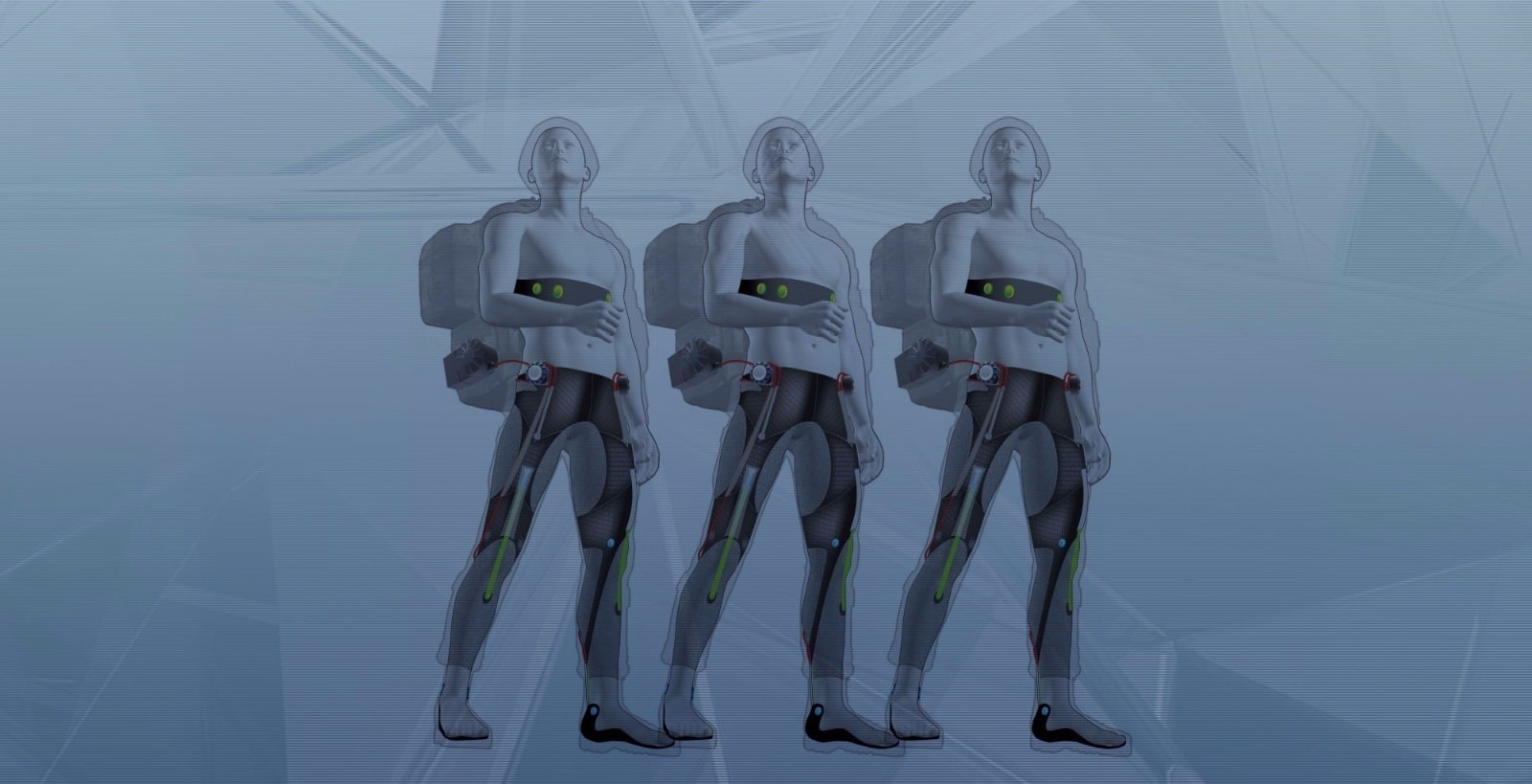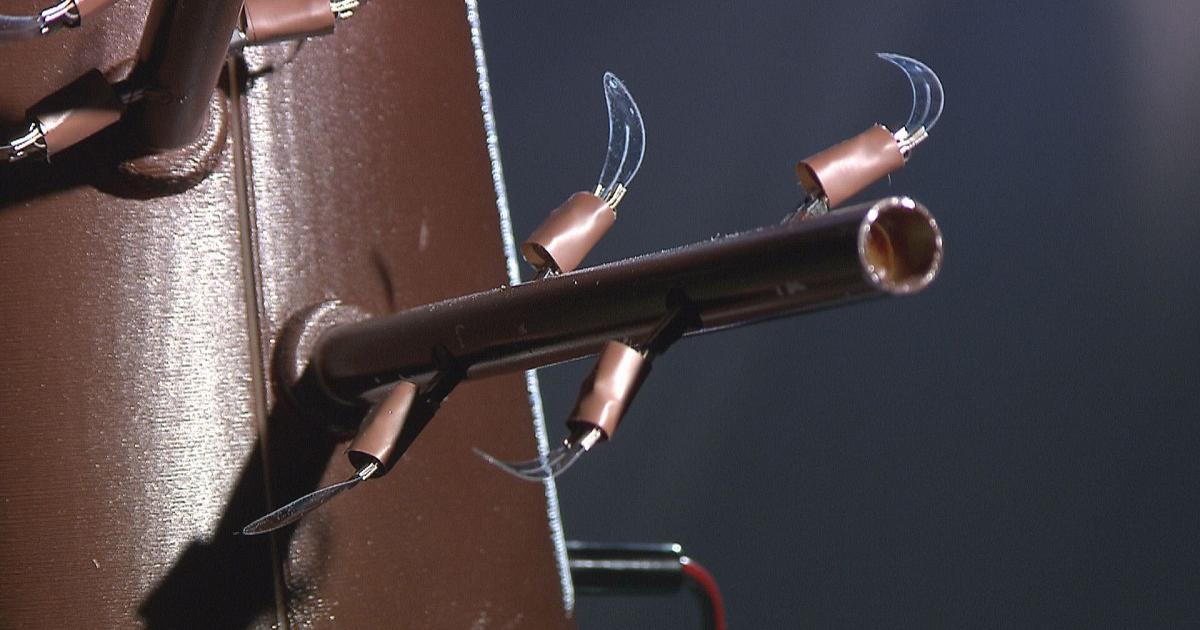Nearly ten years ago, in the Tuscan seaside town of Livorno, a robotics researcher asked her father to catch her an octopus. Cecilia Laschi knew that a different bodyware was needed in robotics.
The Professor of Biorobotics at Sant’Anna School of Advanced Studies went on to create a rob-octopus as a model for a project researching the new generation of bio-inspired, stretchy robots. They can flex and squish as needed: “An octopus with eight wiggly arms,” she explains, “which must work together in the face of complex hydrodynamic forces, is very difficult to design and control.”
In this AtlasChart Top 5 Laschi talks us through the field’s flexible future. These robots might have exoskeletons made of soft materials (think Iron Man meets an octopus), but they have solid roles as biomedical, rescue and service robots…
1. Soft Exosuits, United States

Kick in the pants
“Conor Walsh from Harvard Biodesign Lab is building wearable robots like this soft exosuit to enhance human movement for those with muscle weakness or physical or neurological disorders. The team is also designing a fluid-powered glove that could help those who have difficulties with motor control.”
2. Plantoid, Italy

Robo-plants put down roots
“This plant-inspired robot by Barbara Mazzolai at the Istituto Italiano di Tecnologia Center for Micro-BioRobotics is the first robot ever inspired to plant – specifically to plant roots – and is used in soil penetration for environmental monitoring. Plant-like robots could be used in medical and surgical applications, and search and rescue exploration.”
3. Exo-Glove Poly, South Korea

Rubber glove opens doors
“This wearable robotic hand from Kyujin Cho in Biorobotics Lab, Seoul National University is a nice application of soft robotics technologies within rehabilitation. Soft robotics technologies allow a passive movement of the fingers with a wearable system, usable for rehab and the enhancement of functions for people who people suffer paralysis of the hand and fingers through injuries or diseases.”
4. I-Support, Italy

Bath robots support the elderly
“I-Support is a service robotics system for bathing tasks. This is a European project where a soft robot arm, being developed by the BioRobotics Institute of the Scuola Superiore Sant’Anna in Pisa, assists older adults in successfully, safely and independently completing the entire sequence of bathing tasks. It shows how soft robotics can be used in personal assistance, improving the quality of life of elderly people.”
5. Pneumatic artificial muscles for orthosis, Japan

Japan’s ‘muscle men’ lend support
“Koichi Suzumori from Tokyo Institute of Technology is one of the leaders and pioneers of pneumatic actuators and soft robotics. This project supports human beings with orthotics so that patients can perform physically demanding tasks with minimal exertion.”
No octopuses were harmed in the making of this AtlasChart.
Cecilia Laschi was talking to Atlas Editor Lisa Goldapple. Soft Robotics Week is organised by RoboSoft Coordination Action. Find out more about the RoboSoft Grand Challenge here.
Main photo: Jennie Hills, the London Science Museum

